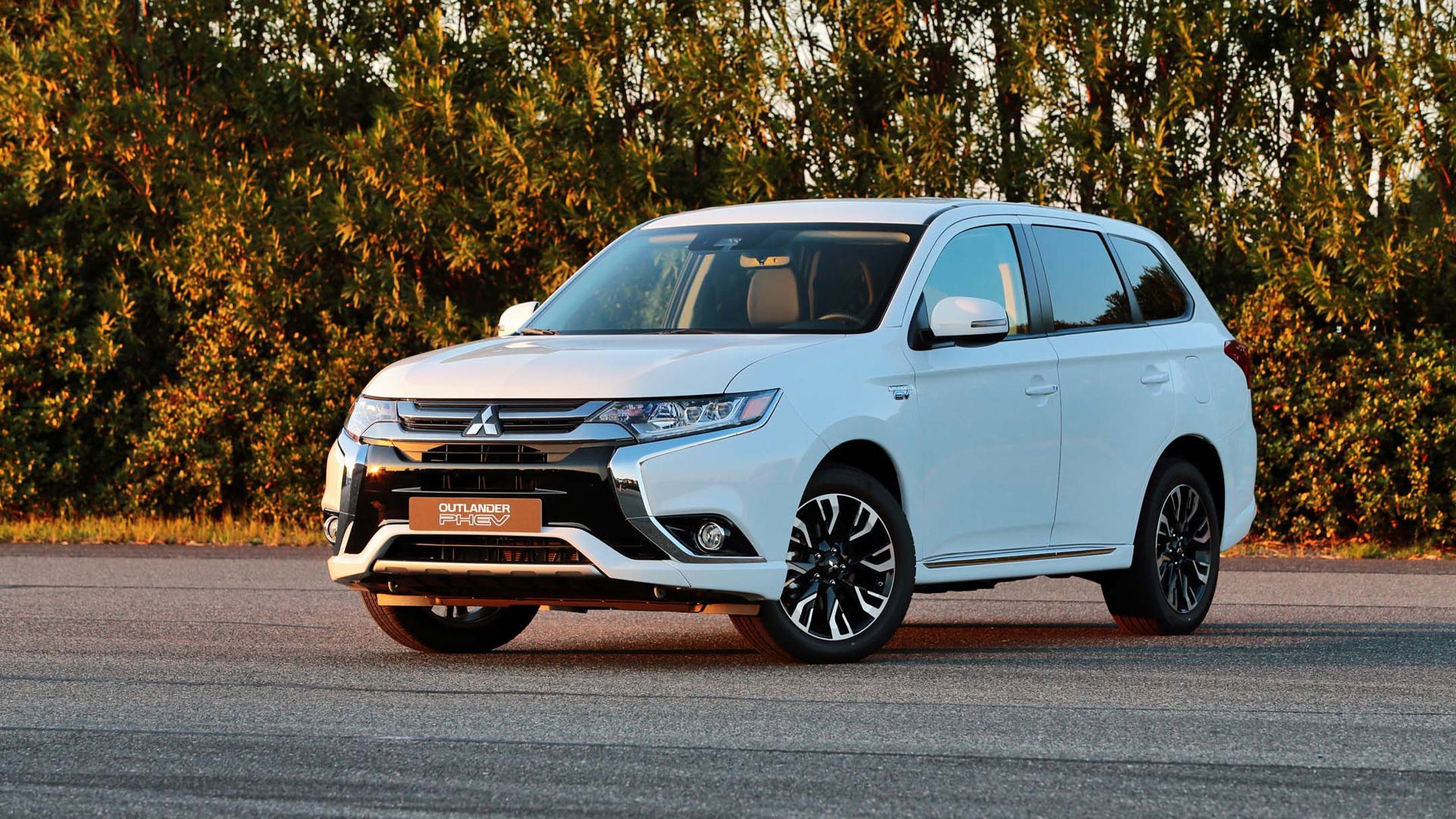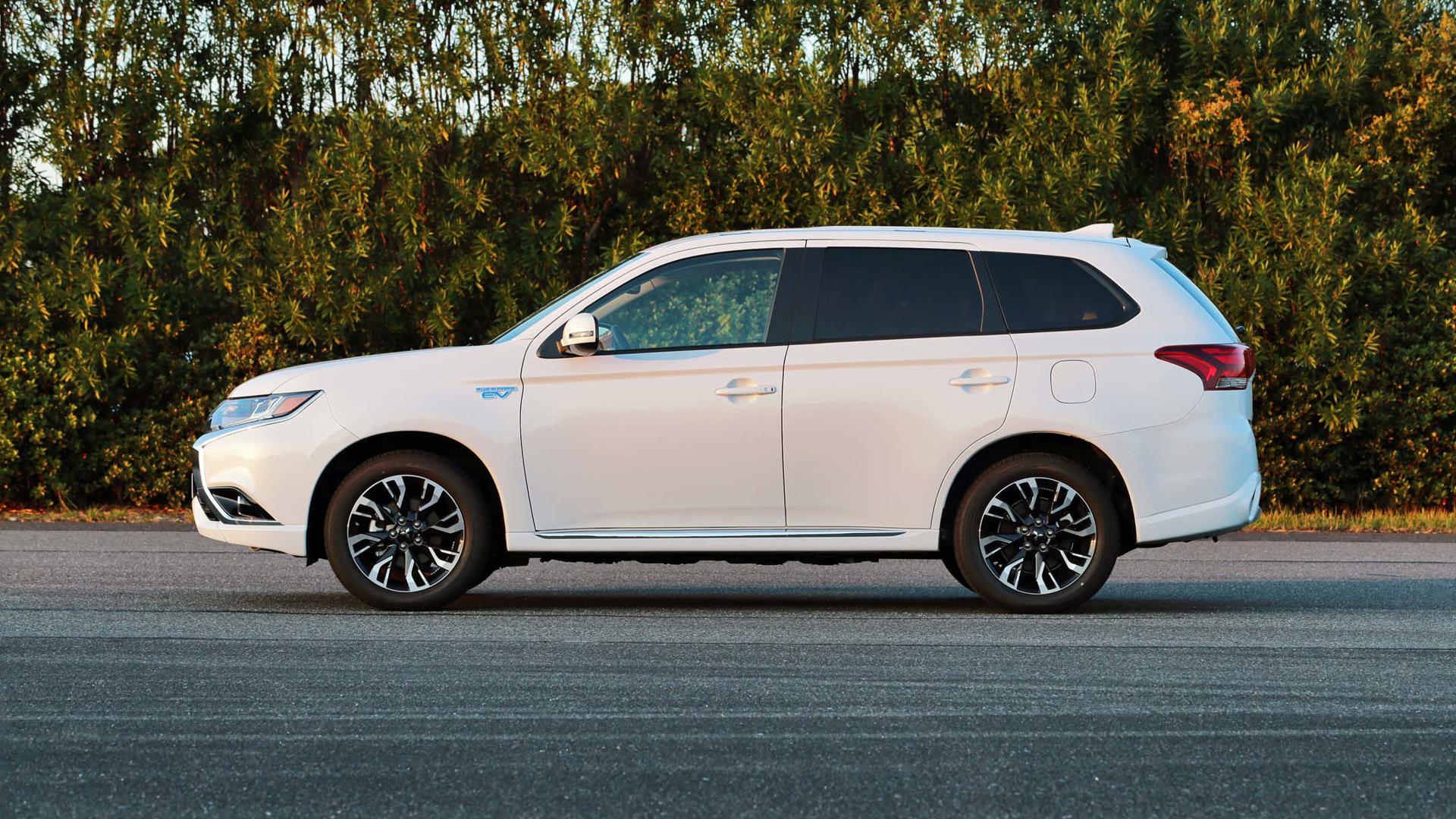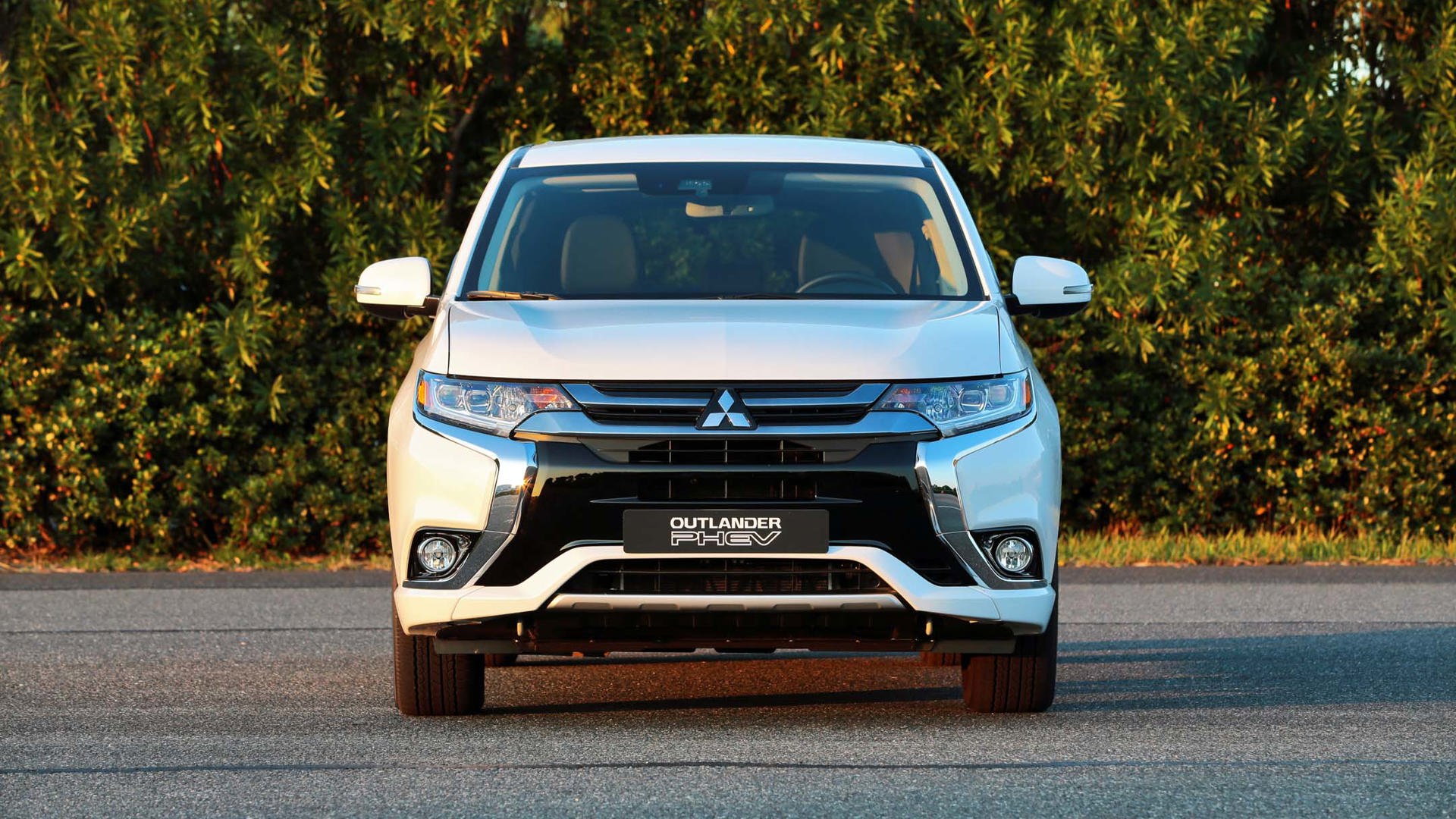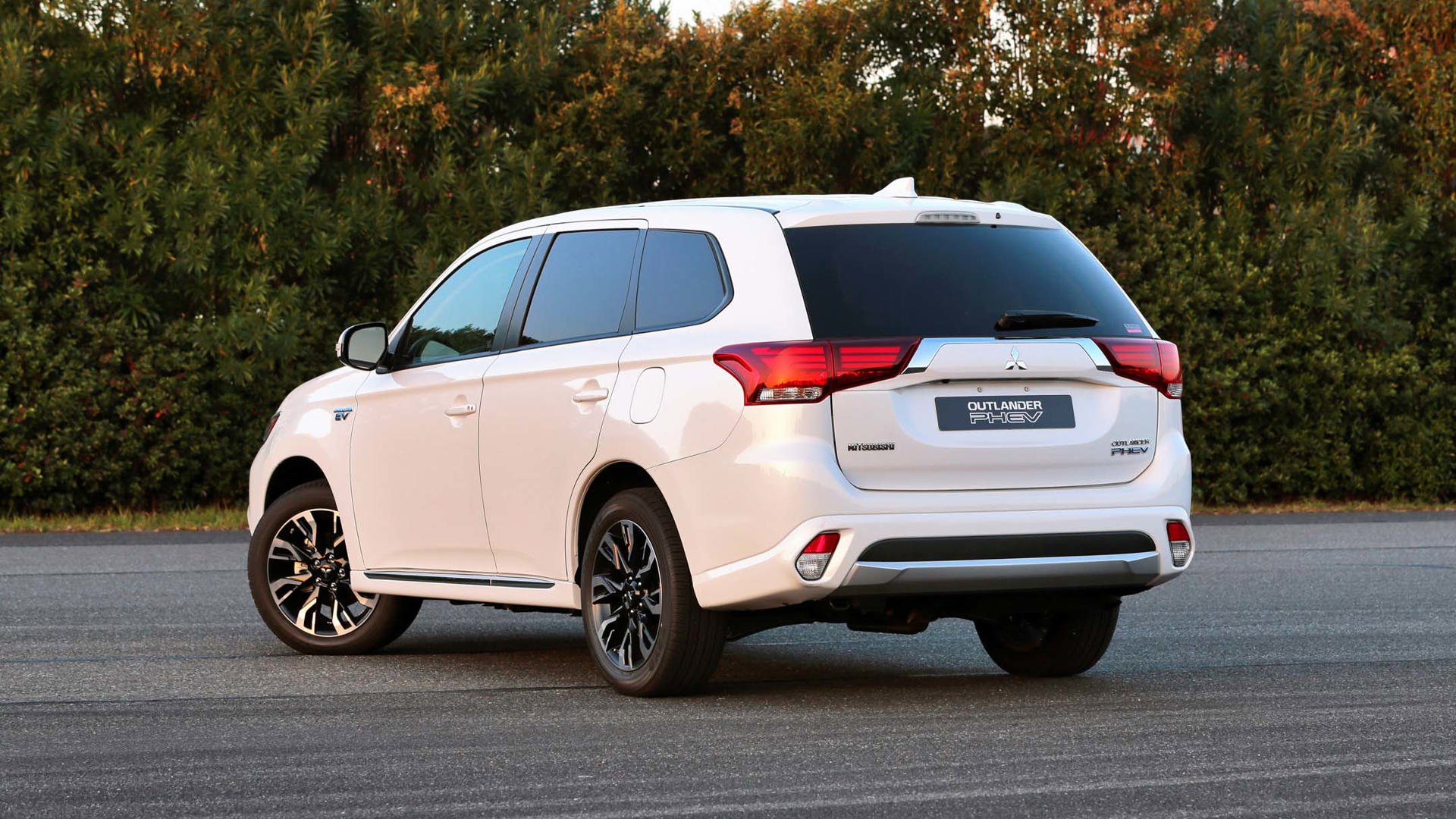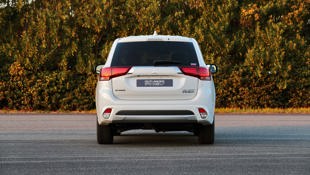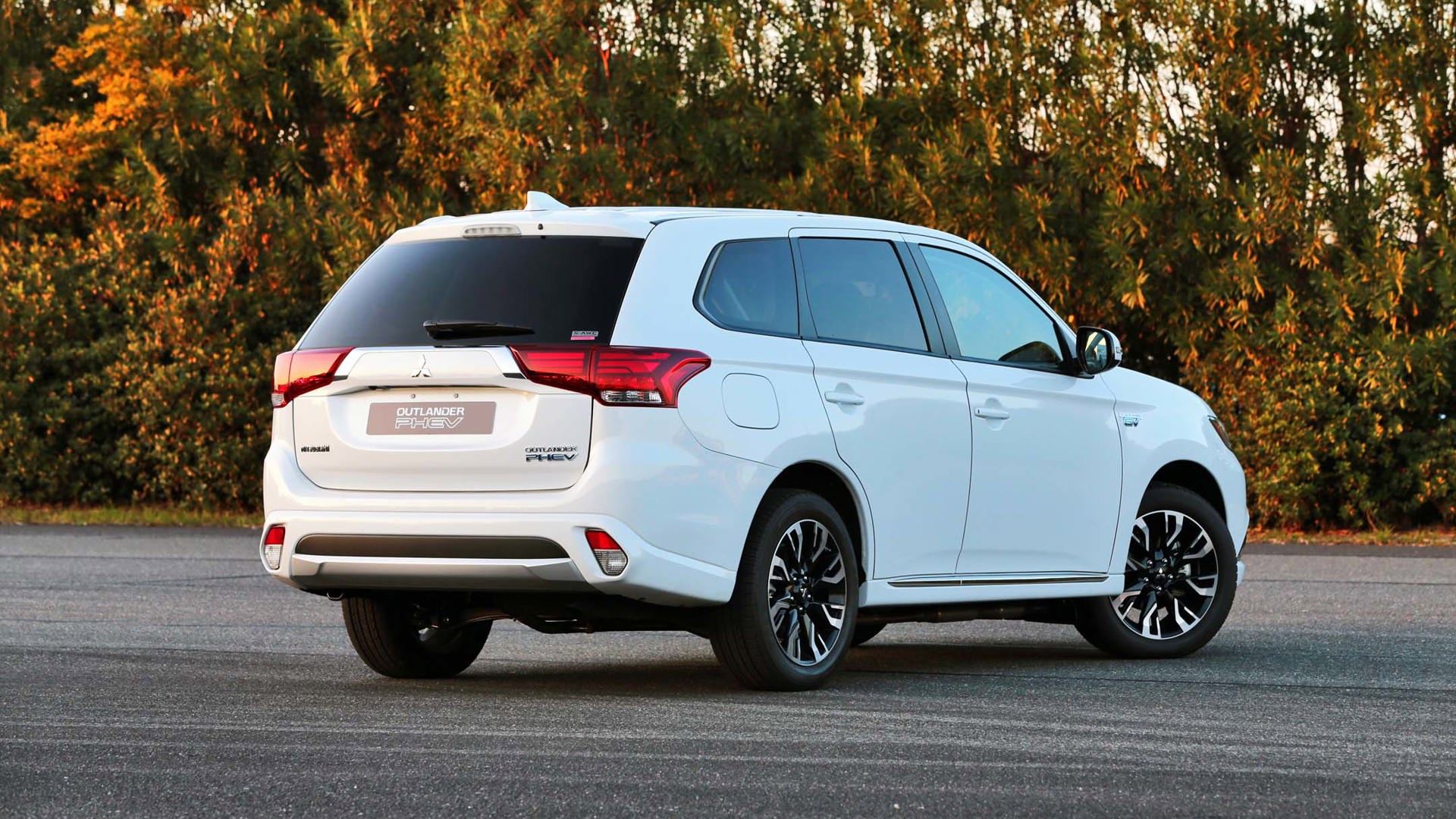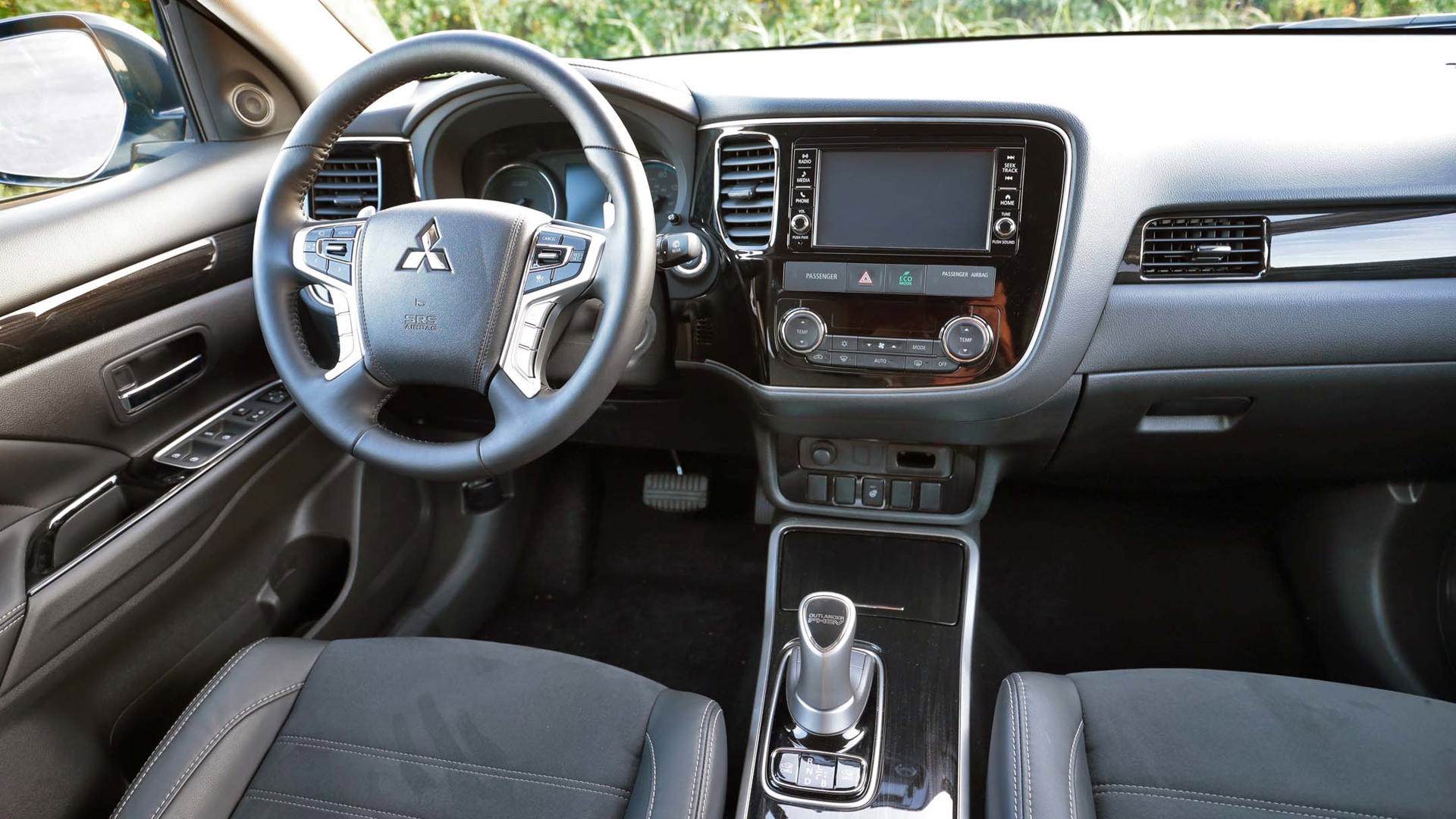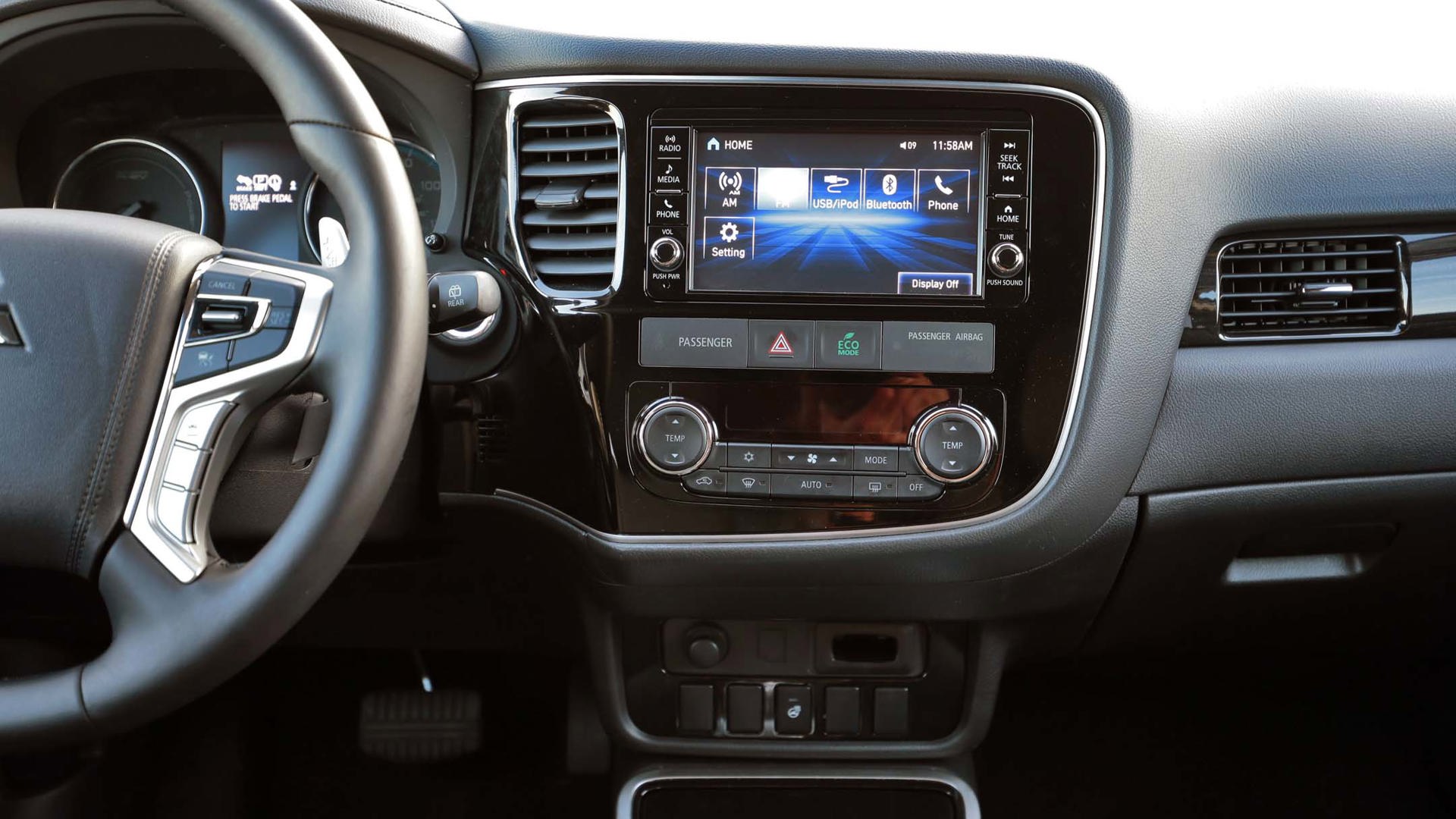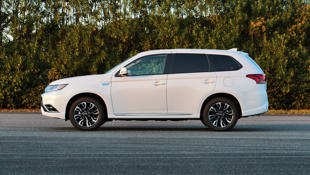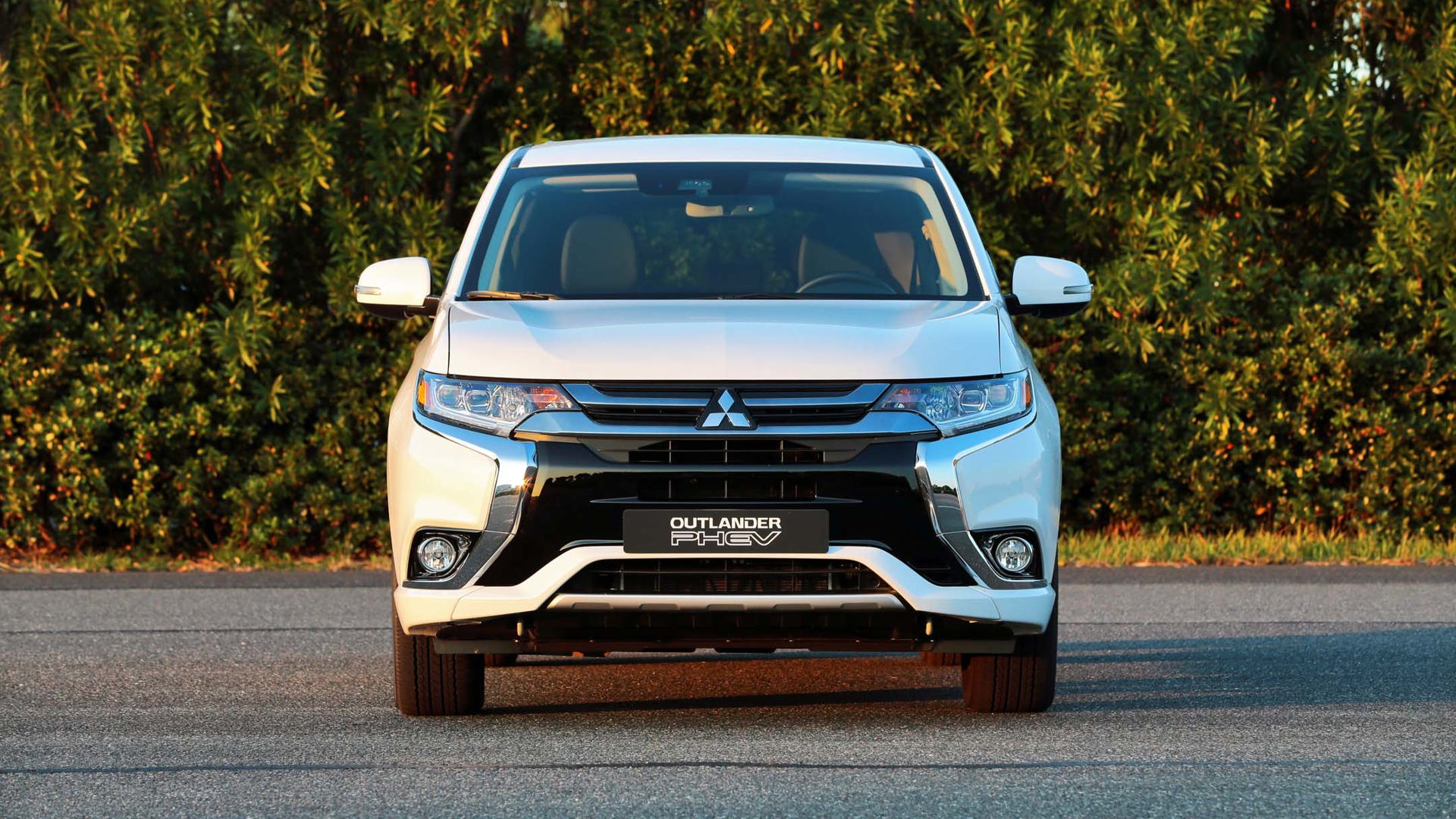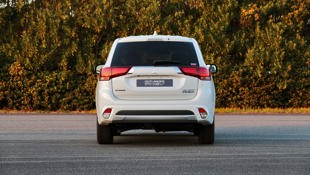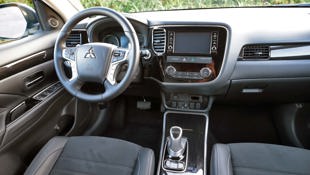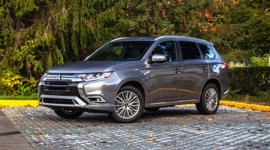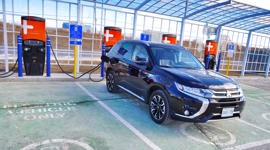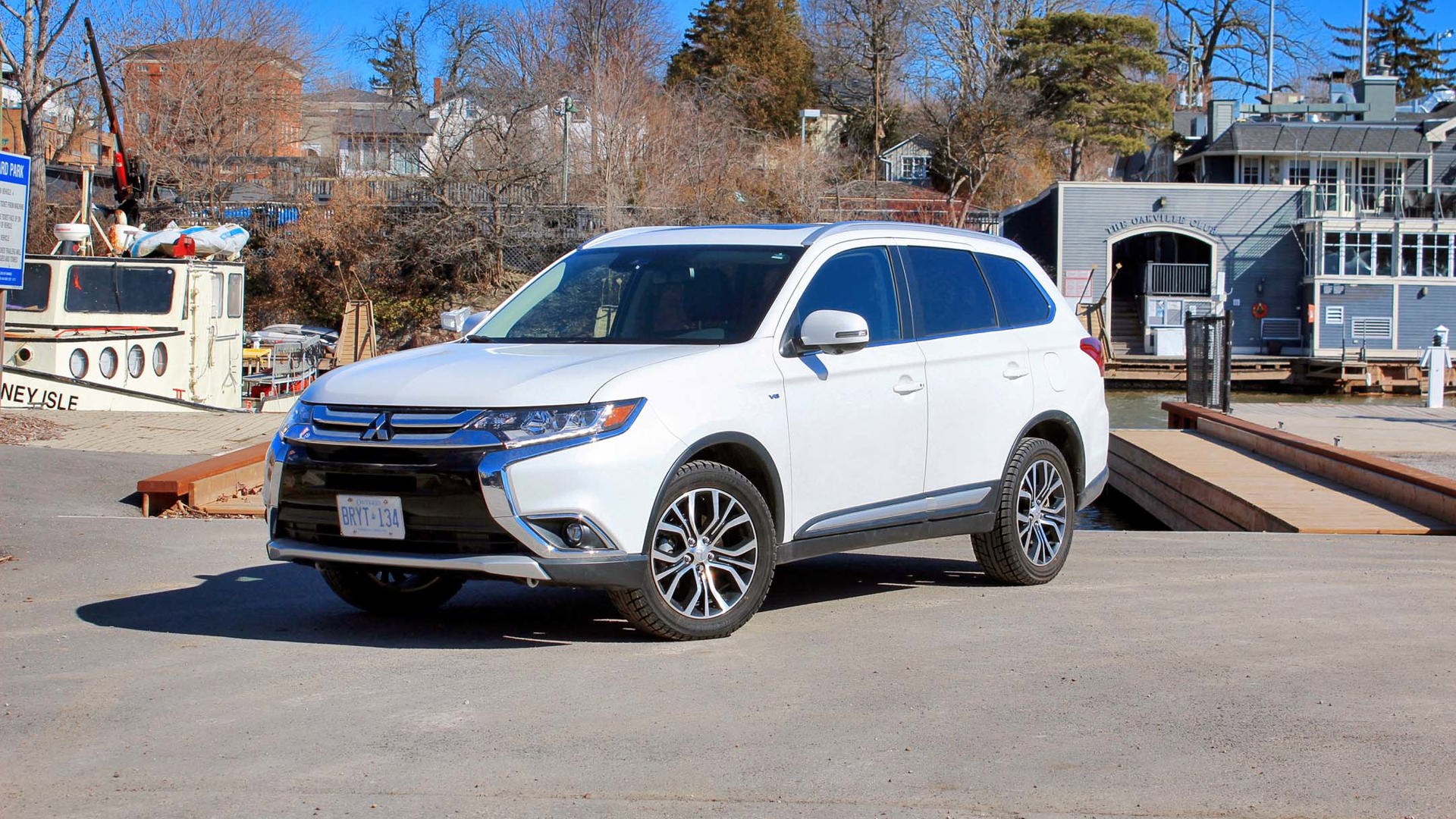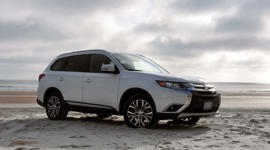You may have heard that the Mitsubishi Outlander Plug-in Hybrid Electric Vehicle is coming to Canada.
Three years ago, this vehicle might have been just a tick ahead of its ideal time to shine. Now, the company is, quite fairly, expecting it to lead its renaissance.
In fact, you may have heard it a few years ago.
In other words, this is by no means a new vehicle. It was launched in 2013 in other markets, most notably Europe and Japan, where it’s a stout sales performer.
But when it lands here before the end of the year, it will be new to us – and that’s not necessarily a bad thing. Three years ago, this vehicle might have been just a tick ahead of its ideal time to shine. Now, the company is, quite fairly, expecting it to lead its renaissance.
Despite the delayed launch on our shores, it will still stand as Canada’s sole mainstream plug-in hybrid SUV offering – two segments that are on serious growth trajectories in this country. And the people who would prefer to have their cake and eat it will be pleased with the product’s offerings: cargo space, upright seating, and all-wheel drive capability, alongside electric-only driving capability and affordable pricing.
In a brief five-minute test drive at the Mitsubishi Motors Okazaki Plant where it’s assembled, I found that for a Canadian family with a green conscience, the Outlander PHEV appears on its face to be a promising combination.
Powertrain
Propulsion is created through the combination of a 2.0L gasoline-powered engine and two 60 kW electric motors, one at the front axle and another at the rear. On the road, these units work together in three different drive modes that the vehicle selects depending on the conditions.
In EV mode, the electric motors pull power from the 80-cell, 12 kWh lithium-ion drive battery pack that sits under the passenger floor. In Europe, the Outlander’s EV-only range is rated at 54 km – a figure almost not worth quoting because the EU testing regimen is significantly different from ours, which will produce a lower number after factoring in things like more aggressive drive styles and temperature control. Something closer to 38 km is a safer bet, based on European owner reports.
The second is series mode, which is activated when the energy level in the battery pack is low or when greater acceleration is suddenly required. Then, the gas engine operates as a generator that supplies additional energy to the electric motors while also charging the battery pack.
In parallel mode, which is primarily used at speeds of 120 km/h or more or during highway cruising, the gas engine drives the front wheels while the electric motors add more power when it’s needed, such as while driving uphill. The engine feeds any excess energy back into the battery pack.
The Outlander PHEV will be capable of taking DC fast charging, which will allow it to gain an 80 percent charge in less than 30 minutes. It will take an estimated eight hours to fully charge from a standard household outlet and less than four hours from a Level 2 240V charger.
All models sold in Canada will come equipped with Mitsubishi’s Super All-Wheel Control (S-AWC) system, which allows a torque split not only from the front to the rear axles but also from left to right on the front axle.
Drive Feel
Bear in mind that I drove the Outlander PHEV for a grand total of five minutes in a controlled environment, so these impressions were gathered quickly.
That said, I did note that initial acceleration is very smooth, as is the transition between the electric motors and the gasoline engine. On an initial pass, this powertrain makes a good first impression – even if the shifting control feels a bit slotted-in and space-age.
It’s built into an aging platform, though, which means that there’s room for improvement in things like body rigidity and sound-proofing. Mitsubishi’s recent integration into the Renault-Nissan-Mitsubishi Alliance will likely take care of these points in the next generation, but that’s probably about three years out or so, at least for the PHEV version.
Pricing, Trims, and Availability
The Outlander PHEV will sell in two price lines and one package in Canada.
The base model, SE S-AWC, starts at $42,998, and is well-equipped for the price. It includes 18-inch alloy wheels, heated front seats with a power-adjustable driver’s seat, heated and power-folding side mirrors, a rear-view camera, rain-sensing front wipers with de-icer, blind-spot warning and rear cross-traffic alert, Android Auto and Apple CarPlay compatibility, SiriusXM satellite radio capability, keyless entry, among other features.
Adding the touring package brings the price up to $45,998 and adds a power sunroof, leather seat upholstery, a power-adjustable front passenger seat, heated steering wheel, LED headlamps, and LED fog lamps.
The top-tier model is the GT S-AWC, priced at $49,998, which adds on forward collision mitigation with pedestrian detection, adaptive cruise control, lane-departure warning, a multi-view camera system, a power liftgate, automatic high-beams, and a 1,500-watt power inverter that lets you use the vehicle’s battery to power household electronics such as laptops.
Interestingly, every model of the Outlander PHEV is subject to the same 10-year powertrain warranty that Mitsubishi Motors Canada offers on its entire product line-up, including the battery pack.
Buyers in Ontario will receive a provincial rebate of $9,550, while those in Quebec can claim back $4,000 and buyers in British Columbia will reclaim $2,500.
The Mitsubishi Outlander PHEV is due in Canadian dealerships before the end of 2017.
